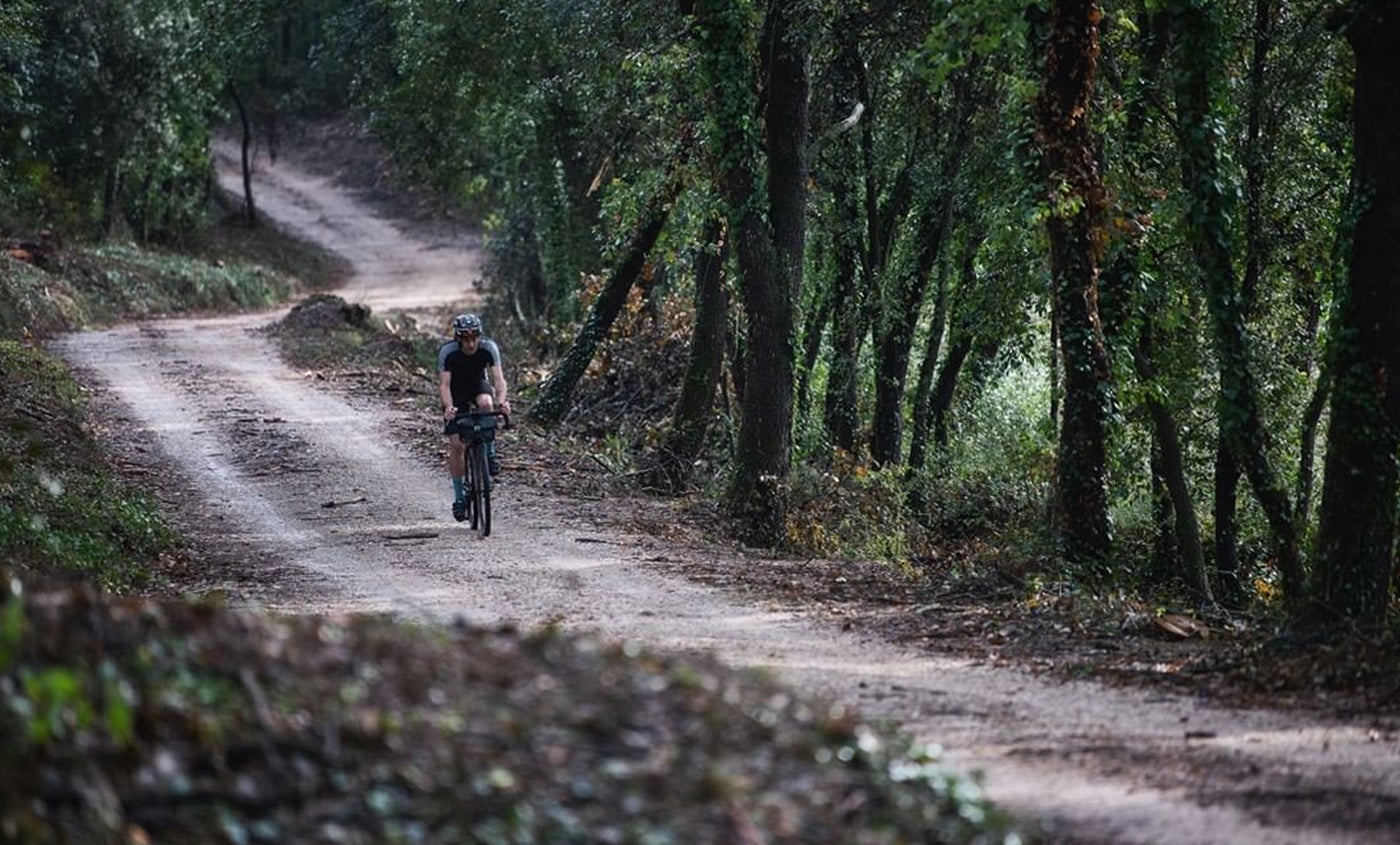Your Cart is Empty
£1 donated to Heal Rewilding with every order

“E-bike clothing!” we hear you scoff. “So you need specific clothing for e-bikes now?” Well no, you’ll be glad to hear. But e-bikes are changing how cycle clothing, and clothing, in general, can be worn. Traditionally, if you were going out on a road ride, you would wear lycra: close-fitting so it flaps less in the wind, making you more aerodynamic and saving you valuable energy. But with electric power helping you slice through the wind, saving a few watts because of the outfit you are wearing becomes far less important: silly, some might even say.
If you don’t need to wear close-fitting lycra, suddenly a far broader range of clothing options are available. You’ll be generating less heat on the climbs due to the pedal-assist and therefore could do with something warmer on the downhills because you’ll be carrying less warmth. Of course, on an e-bike, you’ll still be working up a sweat, but the dynamics of how the temperature fluctuates change slightly. Overheating? Go for greater pedal assist and the increased wind will cool you down quicker for less effort.

As e-bikes make transportation easier and physical fitness less of a barrier the demands of clothing also start to change. If you are making more trips into town, or have decided to commute by bike to work, then ideally you would want clothing that not only works like cycle kit in its ability to stretch, breath and dry quickly but also looks good off the bike.
Exciting possibilities for cycling have opened up with the arrival of e-bikes. They’ve attracted new people, including those who are less focused on the athletic or competitive side of cycling but instead want to use the bike to travel, explore and improve health and urban mobilisation.
With the rise of gravel riding, and the emergence of electric gravel bikes, the traditional cycling categories of road and mountain bike are starting to blend together and there is more overlap with high street clothing. This could then solve one of the fundamental sustainability problems with modern clothing; a lack of utilisation. As the Ellen MacArthur Foundation highlights, "Increasing the average number of times clothes are worn is the most direct lever to capture value and design out waste and pollution in the textiles system.” Currently, clothing is used up to 36% less and we produce 400% more today than we did 20 years ago. If we can use our clothing for a wider range of purposes, use it more often and therefore buy less then perhaps we can reverse this trend.
E-bikes encourage people to not think too much about how and when they might ride. They create a more grab and go mentality where there are fewer barriers and excuses. As such clothing needs to follow suit, being highly adaptable and able to cope with the transition from being at home or work to commuting, travelling and having fun on two wheels.
E-bike clothing sounds like it is only suitable for e-bikes but in fact, the opposite is true. E-bike clothing could herald a new era of clothing that is great at lots of different things. Not just road cycling and mountain biking, but also running, climbing, swimming, skiing. As the e-bike becomes a tool that encourages more outdoor enthusiasts to take up cycling, then they will bring with them all their clothing requirements from the other outdoor activities they do? How about a cycling trip to a climbing spot? What about some bike-packing and pack-rafting. How cycling up to a mountain resort for some spring skiing and then riding back down?
Clothing technology has developed as fast as e-bikes have been selling. Now is the time to put it to good use!
Photo courtesy of Cairn Cycles and Cannondale